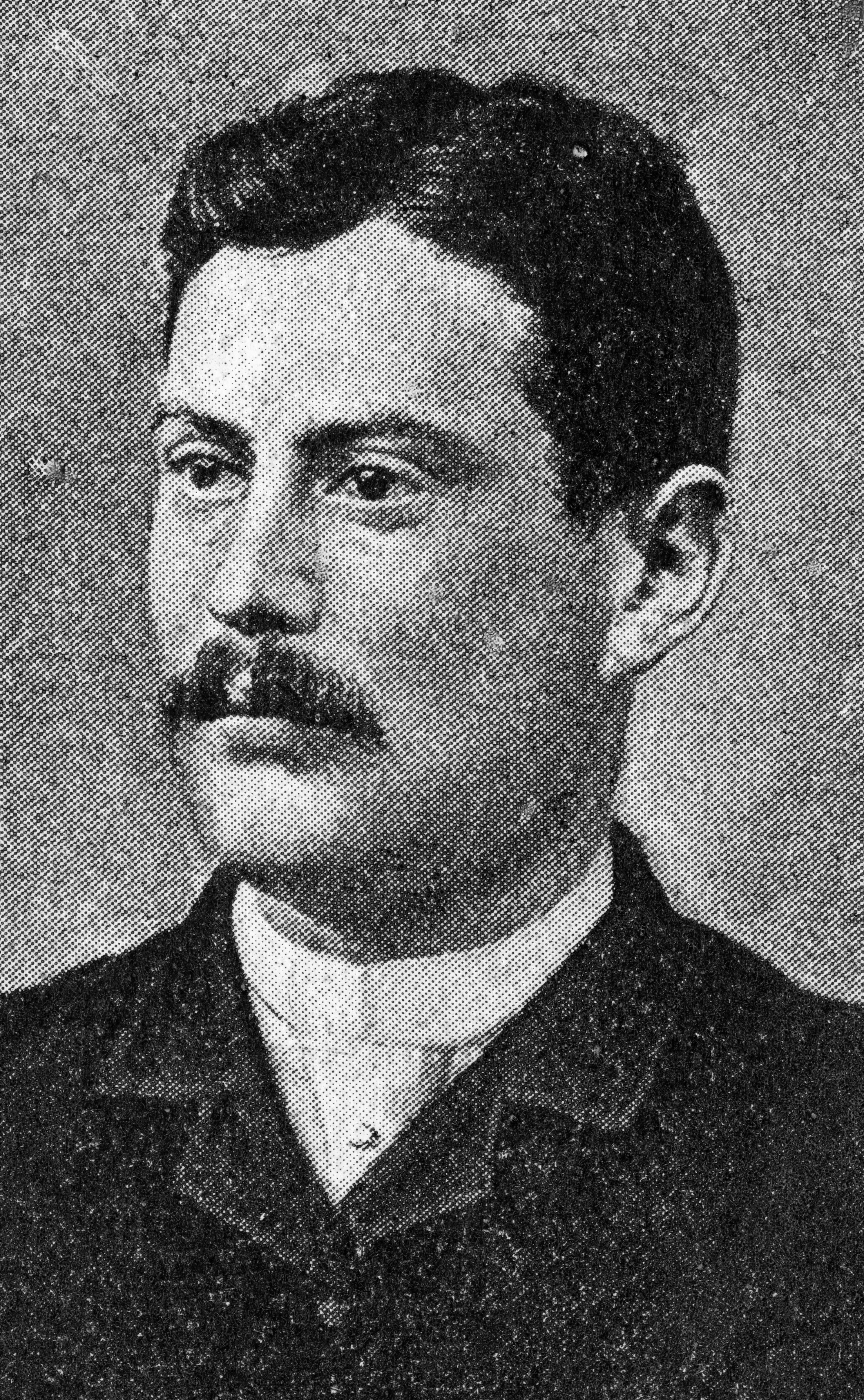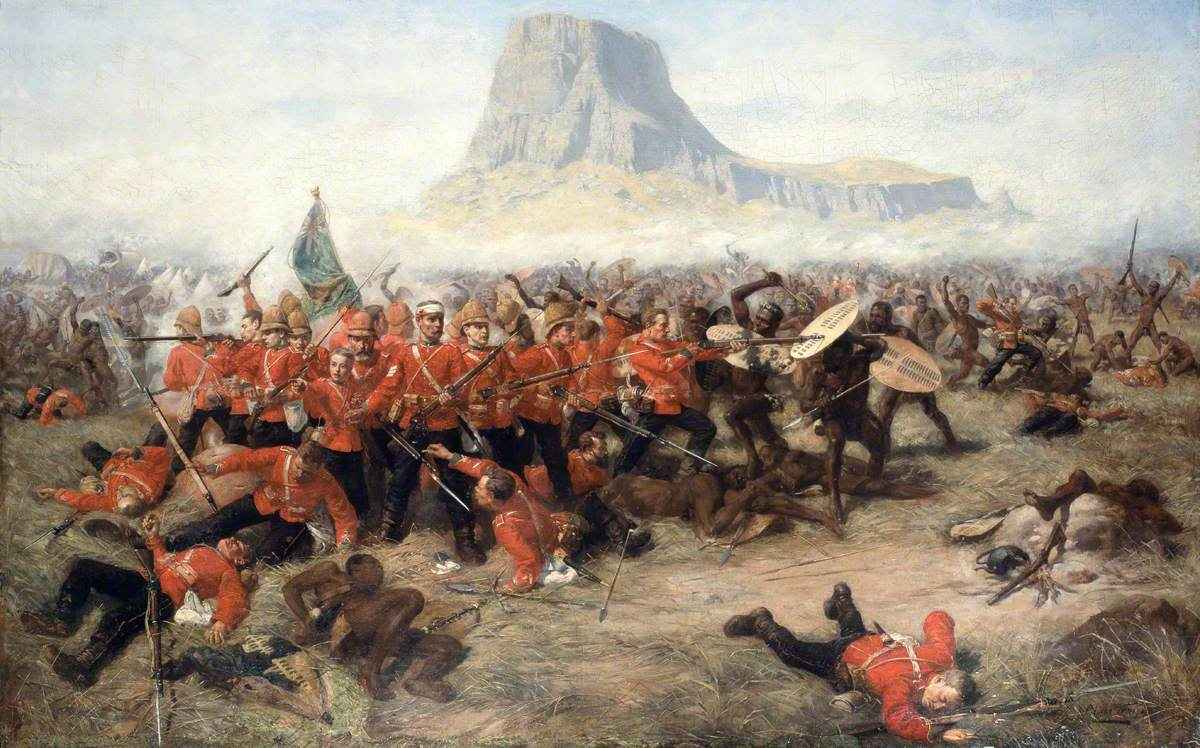|
Constitutional Convention (California)
The California Constitutional Conventions were two separate constitutional conventions that took place in California during the nineteenth century which led to the creation of the modern Constitution of California. The first, known as the 1849 Constitutional Convention of Monterey, held in September and October 1849 in advance of California attaining U.S. statehood the following year, adopted the state's original constitution. This document maintains jurisdiction along with the current constitution which was ratified on May 7, 1879, following the 1879 Constitutional Convention of Sacramento. Article 3 Section 2 of the current Constitution references the original boundaries as stated in the 1849 Constitution at Article 12. The result of Progressive mistrust of elected officials, this later constitution took a full year to finalize (March 1878 to March 1879) [...More Info...] [...Related Items...] OR: [Wikipedia] [Google] [Baidu] |
Constitution Of California
The Constitution of California () is the primary organizing law for the U.S. state of California, describing the duties, powers, structures and functions of the government of California. California's constitution was drafted in both English and Spanish by American pioneers, European settlers, and Californios (Hispanics of California) and adopted at the 1849 Constitutional Convention of Monterey, following the American Conquest of California and the Mexican–American War and in advance of California's Admission to the Union in 1850. The constitution was amended and ratified on 7 May 1879, following the Sacramento Convention of 1878–79. Many of the individual rights clauses in the state constitution have been construed as protecting rights even broader than the United States Bill of Rights in the Federal Constitution. An example is the case of '' Pruneyard Shopping Center v. Robins'', in which "free speech" rights beyond those addressed by the First Amendment to the Un ... [...More Info...] [...Related Items...] OR: [Wikipedia] [Google] [Baidu] |
Carmel, California
Carmel-by-the-Sea (), commonly known simply as Carmel, is a city in Monterey County, California, located on the Central Coast of California. As of the 2020 United States census, 2020 census, the city had a population of 3,220, down from 3,722 at the 2010 United States Census, 2010 census. Situated on the Monterey Peninsula, Carmel is a tourist destination, known for its natural scenery and artistic history. The Spanish Empire, Spanish founded a settlement in 1797, when Mission San Carlos Borromeo de Carmelo was relocated by Junípero Serra, St. Junípero Serra from Monterey. Mission Carmel served as the headquarters of the Spanish missions in California, Californian mission system, until the Mexican secularization act of 1833, when the area was divided into ranchos of California, rancho grants. The settlement was largely abandoned by the Conquest of California, U.S. Conquest of California in 1848 and stayed undeveloped until Santiago J. Duckworth set out to build a summer colony ... [...More Info...] [...Related Items...] OR: [Wikipedia] [Google] [Baidu] |
1878 In California
Events January * January 5 – Russo-Turkish War: Battle of Shipka Pass IV – Russian and Bulgarian forces defeat the Ottoman Empire. * January 9 – Umberto I becomes King of Italy. * January 17 – Russo-Turkish War: Battle of Philippopolis – Russian troops defeat the Ottoman Empire. * January 23 – Benjamin Disraeli orders the British fleet to the Dardanelles. * January 24 – Russian revolutionary Vera Zasulich shoots at Fyodor Trepov, Governor of Saint Petersburg. * January 28 – In the United States: ** The world's First Telephone Exchange begins commercial operation in New Haven, Connecticut. ** ''The Yale News'' becomes the first daily college newspaper in the U.S. * January 31 – Turkey agrees to an armistice at Adrianople. February * February 2 – Greece declares war on the Ottoman Empire. * February 7 – Pope Pius IX dies, after a 31½ year pontificate (the longest definitely confirmed). * February 8 – ... [...More Info...] [...Related Items...] OR: [Wikipedia] [Google] [Baidu] |
October 1849
October is the tenth month of the year in the Julian and Gregorian calendars. Its length is 31 days. The eighth month in the old calendar of Romulus , October retained its name (from Latin and Greek ''ôctō'' meaning "eight") after January and February were inserted into the calendar that had originally been created by the Romans. In Ancient Rome, one of three Mundus patet would take place on October 5, Meditrinalia October 11, Augustalia on October 12, October Horse on October 15, and Armilustrium on October 19. These dates do not correspond to the modern Gregorian calendar. Among the Anglo-Saxons, it was known as Winterfylleth (Ƿinterfylleþ), because at this full moon, winter was supposed to begin. October is commonly associated with the season of autumn in parts of the Northern Hemisphere, and spring in parts of the Southern Hemisphere, where it is the seasonal equivalent to April in the Northern Hemisphere and vice versa. Symbols October's birthstones are the ... [...More Info...] [...Related Items...] OR: [Wikipedia] [Google] [Baidu] |
September 1849
September is the ninth month of the year in the Julian and Gregorian calendars. Its length is 30 days. September in the Northern Hemisphere and March in the Southern Hemisphere are seasonally equivalent. In the Northern hemisphere, the beginning of the meteorological autumn is on 1 September. In the Southern hemisphere, the beginning of the meteorological spring is on 1 September. September marks the beginning of the ecclesiastical year in the Eastern Orthodox Church. It is the start of the academic year in many countries of the northern hemisphere, in which children go back to school after the summer break, sometimes on the first day of the month. Some Libras and Virgos are born in September, with Virgos being born on September 1st through September 22nd and Libras September 23rd through September 30. September (from Latin ''septem'', "seven") was originally the seventh month in the oldest known Roman calendar, the calendar of Romulus , with March being (Latin '' Ma ... [...More Info...] [...Related Items...] OR: [Wikipedia] [Google] [Baidu] |
1849 In California
Events January–March * January 1 – France begins issue of the Ceres series, the nation's first postage stamps. * January 5 – Hungarian Revolution of 1848: The Austrian army, led by Alfred I, Prince of Windisch-Grätz, enters in the Hungarian capitals, Buda and Pest. The Hungarian government and parliament flee to Debrecen. * January 8 – Hungarian Revolution of 1848: Romanian armed groups massacre 600 unarmed Hungarian civilians, at Nagyenyed.Hungarian HistoryJanuary 8, 1849 And the Genocide of the Hungarians of Nagyenyed/ref> * January 13 ** Second Anglo-Sikh War – Battle of Tooele: British forces retreat from the Sikhs. ** The Colony of Vancouver Island is established. * January 21 ** General elections are held in the Papal States. ** Hungarian Revolution of 1848: At Nagyszeben (now Sibiu in Romania)– The Hungarian army in Transylvania, led by Josef Bem, is defeated by the Austrians, led by Anton Puchner. * January 23 – Elizabeth Blackwell is awarded her ... [...More Info...] [...Related Items...] OR: [Wikipedia] [Google] [Baidu] |
1879 Conferences
Events January * January 1 ** The Specie Resumption Act takes effect. The United States Note is valued the same as gold, for the first time since the American Civil War. ** Brahms' Violin Concerto is premiered in Leipzig with Joseph Joachim as soloist and the composer conducting. * January 11 – The Anglo-Zulu War begins. * January 22 – Anglo-Zulu War – Battle of Isandlwana: A force of 1,200 British soldiers is wiped out by over 20,000 Zulu warriors. * January 23 – Anglo-Zulu War – Battle of Rorke's Drift: Following the previous day's defeat, a smaller British force of 140 successfully repels an attack by 4,000 Zulus. February * February 3 – Mosley Street in Newcastle upon Tyne (England) becomes the world's first public highway to be lit by the electric incandescent light bulb invented by Joseph Swan. * February 8 – At a meeting of the Royal Canadian Institute, engineer and inventor Sandford Fleming first proposes the global adoption o ... [...More Info...] [...Related Items...] OR: [Wikipedia] [Google] [Baidu] |
1878 Conferences
Events January * January 5 – Russo-Turkish War: Battle of Shipka Pass IV – Russian and Bulgarian forces defeat the Ottoman Empire. * January 9 – Umberto I becomes King of Italy. * January 17 – Russo-Turkish War: Battle of Philippopolis – Russian troops defeat the Ottoman Empire. * January 23 – Benjamin Disraeli orders the British fleet to the Dardanelles. * January 24 – Russian revolutionary Vera Zasulich shoots at Fyodor Trepov, Governor of Saint Petersburg. * January 28 – In the United States: ** The world's First Telephone Exchange begins commercial operation in New Haven, Connecticut. ** ''The Yale News'' becomes the first daily college newspaper in the U.S. * January 31 – Turkey agrees to an armistice at Adrianople. February * February 2 – Greece declares war on the Ottoman Empire. * February 7 – Pope Pius IX dies, after a 31½ year pontificate (the longest definitely confirmed). * February 8 – ... [...More Info...] [...Related Items...] OR: [Wikipedia] [Google] [Baidu] |
1849 Conferences
Events January–March * January 1 – France begins issue of the Ceres series, the nation's first postage stamps. * January 5 – Hungarian Revolution of 1848: The Austrian army, led by Alfred I, Prince of Windisch-Grätz, enters in the Hungarian capitals, Buda and Pest. The Hungarian government and parliament flee to Debrecen. * January 8 – Hungarian Revolution of 1848: Romanian armed groups massacre 600 unarmed Hungarian civilians, at Nagyenyed.Hungarian HistoryJanuary 8, 1849 And the Genocide of the Hungarians of Nagyenyed/ref> * January 13 ** Second Anglo-Sikh War – Battle of Tooele: British forces retreat from the Sikhs. ** The Colony of Vancouver Island is established. * January 21 ** General elections are held in the Papal States. ** Hungarian Revolution of 1848: At Nagyszeben (now Sibiu in Romania)– The Hungarian army in Transylvania, led by Josef Bem, is defeated by the Austrians, led by Anton Puchner. * January 23 – Elizabeth Blackwell is awarded her ... [...More Info...] [...Related Items...] OR: [Wikipedia] [Google] [Baidu] |
United States Federal Judicial Districts
In the U.S. federal judicial system, the United States is divided into 94 judicial districts. Each state has at least one judicial district, as do the District of Columbia and Puerto Rico. Each judicial district contains a United States district court with a bankruptcy court under its authority. There is also a United States Attorney in each district, who acts as the federal government's lawyer in the district, both prosecuting federal criminal cases and defending the government (and its employees) in civil suits against them; the U.S. Attorney is not employed by the judicial branch but by the Department of Justice, part of the executive branch. There is also a Federal Public Defender who represents people charged with federal crimes who cannot afford to hire their own lawyers; some FPDs cover more than one judicial district. Each district also has a United States Marshal who serves the court system. Federal judicial districts have also been established in the District o ... [...More Info...] [...Related Items...] OR: [Wikipedia] [Google] [Baidu] |
Floterial District
A floterial district is a legislative district that includes several separate districts that independently would not be entitled to seats in the legislative body, but whose combined population entitles the area to another seat. It is a technique that a state may be authorized to use to achieve more equal apportionment by population during redistricting. In common usage, a floterial district is not just a multi-town district, but a multi-town district that "floats" over towns that already elect one or more legislators. For example, a city due more than five representatives but not quite six might elect five representing the city itself, and one more in a floterial district that includes some neighboring towns whose small populations, alone, would not merit even a single representative. Several U.S. states have used floterial districts for state offices, including Alaska, Idaho, New Hampshire, Tennessee and Texas, but only New Hampshire currently has them. Examples New Hampshire' ... [...More Info...] [...Related Items...] OR: [Wikipedia] [Google] [Baidu] |
Sacramento, California
Sacramento ( or ; ; ) is the List of capitals in the United States, capital city of the U.S. state of California and the county seat, seat of Sacramento County, California, Sacramento County. Located at the confluence of the Sacramento River, Sacramento and American Rivers in Northern California's Sacramento Valley, Sacramento's 2020 population of 524,943 makes it the fourth-most populous city in Northern California, List of largest California cities by population, the sixth-most populous in the state, the List of United States cities by population, ninth-most populous state capital, and the List of United States cities by population, 35th most populous city in the United States. Sacramento is the seat of the California Legislature and the governor of California. Sacramento is also the cultural and economic core of the Sacramento metropolitan area, Greater Sacramento area, which at the 2020 United States census, 2020 census had a population of 2,680,831, the fourth-largest S ... [...More Info...] [...Related Items...] OR: [Wikipedia] [Google] [Baidu] |







